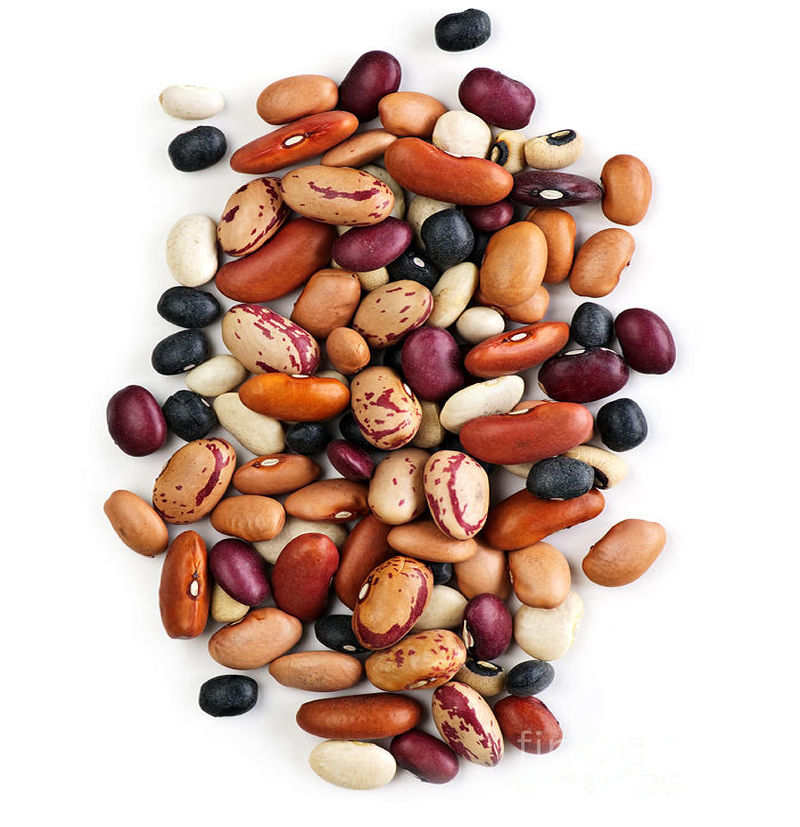
Mixed Beans commodity products represent the second most important source of calories after maize. Over 200 million people in sub-Saharan Africa depend on the crop as a primary staple, which is cultivated largely by women. Furthermore, millions of small-scale farmers in Africa rely on the production and sale of beans as an important source of household income.
There are fundamental reasons of selecting Mixed Beans as major selling products at EAX:
- Beans producers and traders can store their productions for a period of up to 9 months, therefore improve their selling strategies.
- Beans' product is considered the primary crop for national strategic grain reserve among EAC region.
- Beans play an important role in food security and contributes to poverty reduction. Millers and food processors are increasingly looking at Beans for food processing activities.
- Beans production can be competitive in imports/export business.
- It is a good crop for fighting hunger as it is easier to store.
EAX strategy is to sell highest quality of Beans within the region. EAX Beans are stored, graded, cleaned, re-bagged or packaged in accordance to EAC standards. Beans that EAX warehouses management allow to receive should have the moisture content of at least 13%. Beans are then serviced with high quality fumigation technics to keep it free from weavers, insects or any other foreign matter. Traded Beans commodity standard for EAX Beans is Beans (BS) grouped into 4 different grading standards:
- MIX-BS1 : Mixed Beans Grade 1
- MIX-BS2 : Mixed Beans Grade 2
- MIX-BS3 : Mixed Beans Grade 3
- MIX-BS4 : Mixed Beans Grade 4
